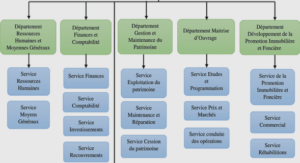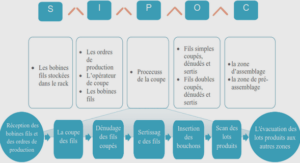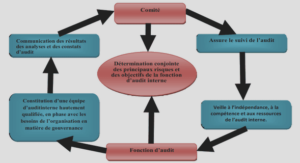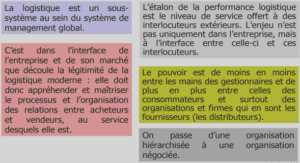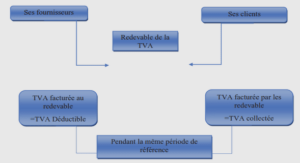The origins of wide area voltage and reactive power control could be traced back to reactive power dispatch problem in which the reactive power resources are allocated throughout the network to minimize power loss while maintaining voltage of the buses within desired limits. However this approach is based on the study of off-line forecasting while actual network operating conditions are often different from forecasted values and therefore unpredictable. In this way, some works at early 70s have considered real-time voltage/reactive power control, namely Hano et al. (1969); Nakamura & Okada (1969); Narita & Hammam (1971a,b) have proposed a centralized and decentralized real-time two stage optimization method which first minimizes voltage deviation using conjugate gradient method and second minimizes reactive power loss over transmission lines using direct search technique. In this work both continuous and discrete value compensators are considered, however discrete values are calculated by round off. The method was successfully implemented by Kyushu Electric Power Company in Japan.
Although the works presented earlier propose the partitioning of the transmission system for regional voltage control, the concept of hierarchical voltage control as well as classical secondary voltage control methodology are explicitly proposed in Arcidiacono et al. (1977);Happ & Wirgau (1978); Arcidiacono (1983); Paul et al. (1987). In this method, the power network is divided into many theoretically non interacting zones and at each zone, the most sensitive bus to reactive power disturbances is selected as pilot node. Voltage at this bus is then measured and compared with a desired voltage dictated by tertiary level controller. Regional controller, which is basically a PI controller calculates the total amount of reactive power that is needed to compensate the voltage deviation and sends this signal to the regional participant generators. At generation level, a reactive power control loop, which is also a PI controller, calculates the new voltage set-point for the AVR, considering the generator’s participation factor as well as its reactive power limits. The proposed method was successfully implemented in Italian and French Power grids.
Network partitioning and pilot node selection
One of the earliest methods for pilot bus selection and network partitioning is presented in Corsi (2015) and applied in Italian network. The method is based on short-circuit capacities and sensitivity analysis of the network. In this approach, the buses are sorted from the most to the least sensitive one. Afterwards the least sensitive buses are selected as pilot nodes based on an iterative process. The number of pilot buses are dependent on two predefined parameters. The first parameter, 1/γ , defines the minimum admissible threshold value of the short circuit power for a pilot node. Any bus with short circuit power smaller than this threshold will not be considered as a pilot bus. The second parameter is called coupling coefficient threshold, ∈p, which defines the minimum admissible limit for coupling of remote buses to a pilot bus. Any remote bus with coupling value smaller than ∈p will not be considered in the same control area as the pilot bus.
Another major work regarding to pilot bus selection is presented in Ilic-Spong et al. (1988), in which a minimal number of pilot nodes are allocated using SA method to control the voltage in the network. In this approach pilot node selection and feedback gain design are mixed together and are done simultaneously. Conejo et al. (1994) compares different optimization algorithms to solve the same problem stated in Ilic Spong et al. (1988). Also Sancha et al. (1995, 1996) and Amraee et al. (2012, 2010) have proposed different versions of the same method as IlicSpong et al. (1988).
Another category of network partitioning and pilot node selection is based on clustering methods. La Gatta et al. (2014) & Alimisis & Taylor (2015) have surveyed these methods thoroughly. In general, network partitioning based on clustering includes two steps: 1) A zoning algorithm which breaks the network into areas appropriate for SVC control and 2) A pilot node selection algorithm that identifies a representative bus of the zone for voltage control.
Clustering techniques to partition power grid are usually composed of three parts as below:
1. A proximity measure: An “electrical distance” that represents the degree of similarity for any two nodes;
2. A clustering criterion: A cost function or some other type of rule to form a number of zones utilizing the proximity measure;
3. Optimal number of clusters: A way to assess the appropriate number of clusters.
INTRODUCTION |

